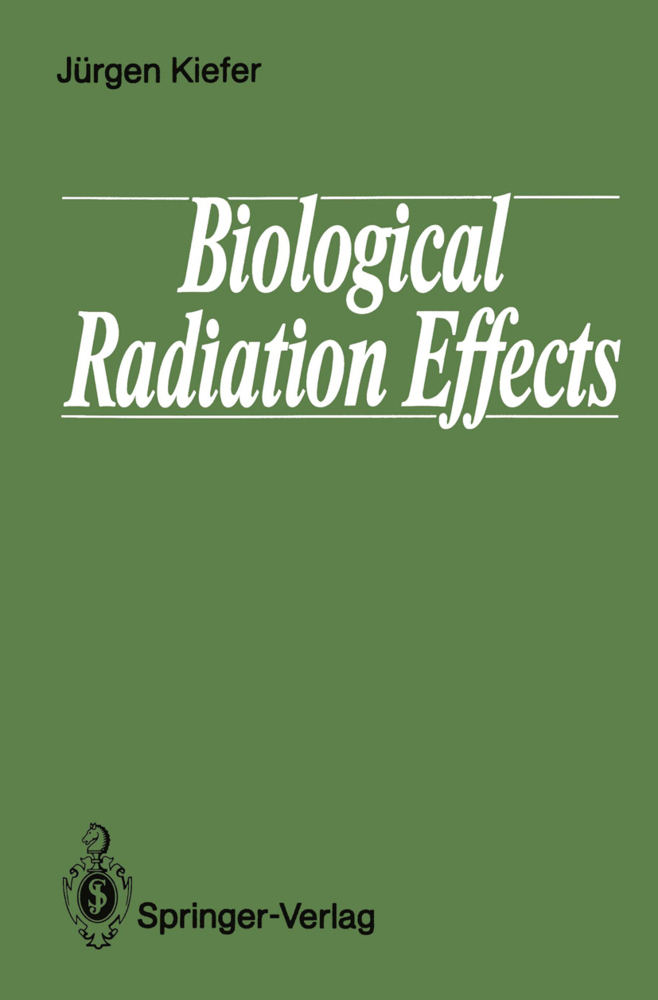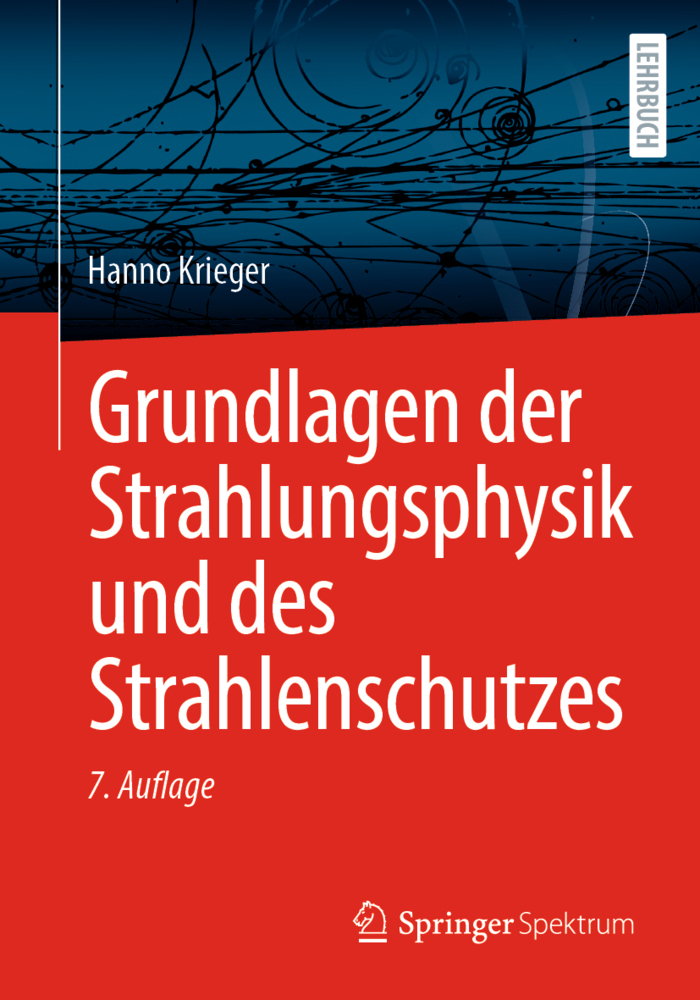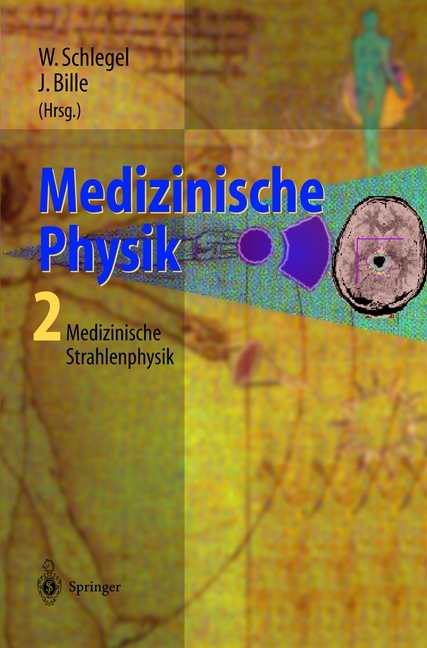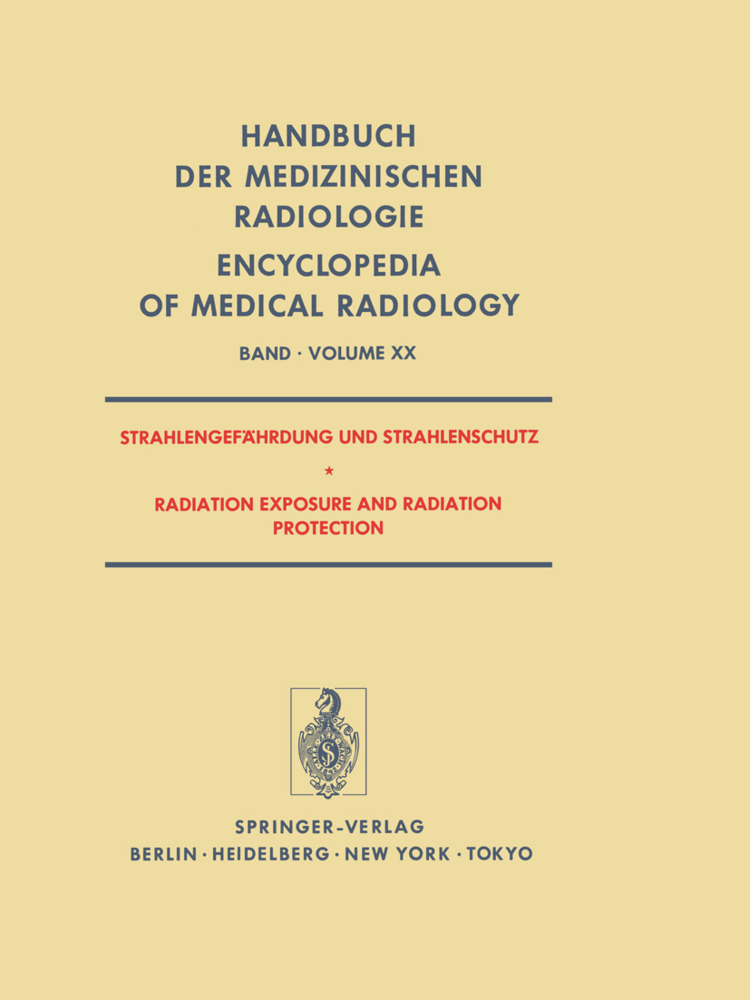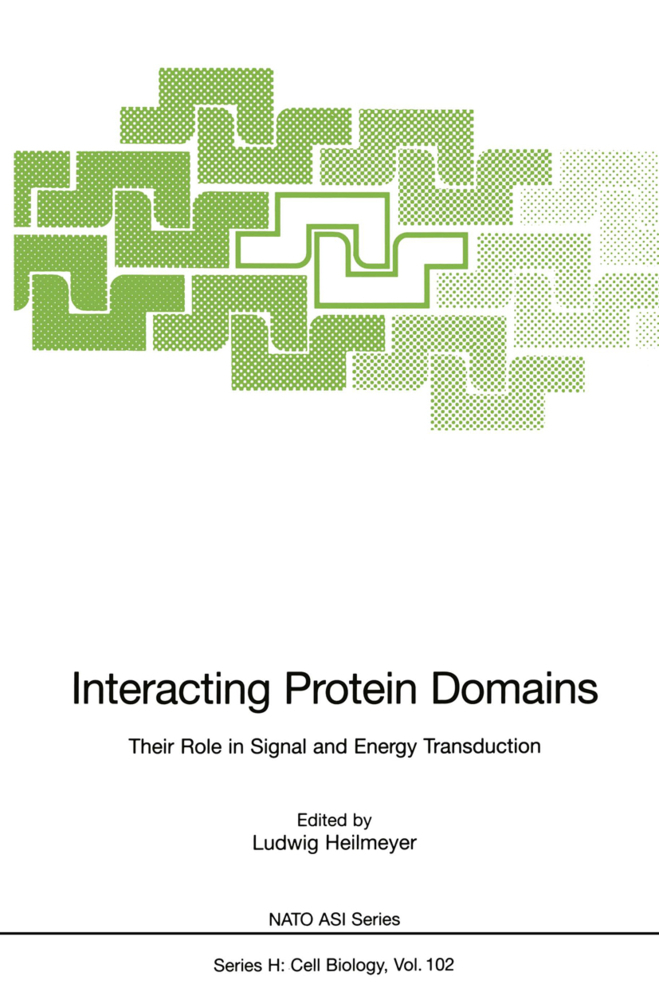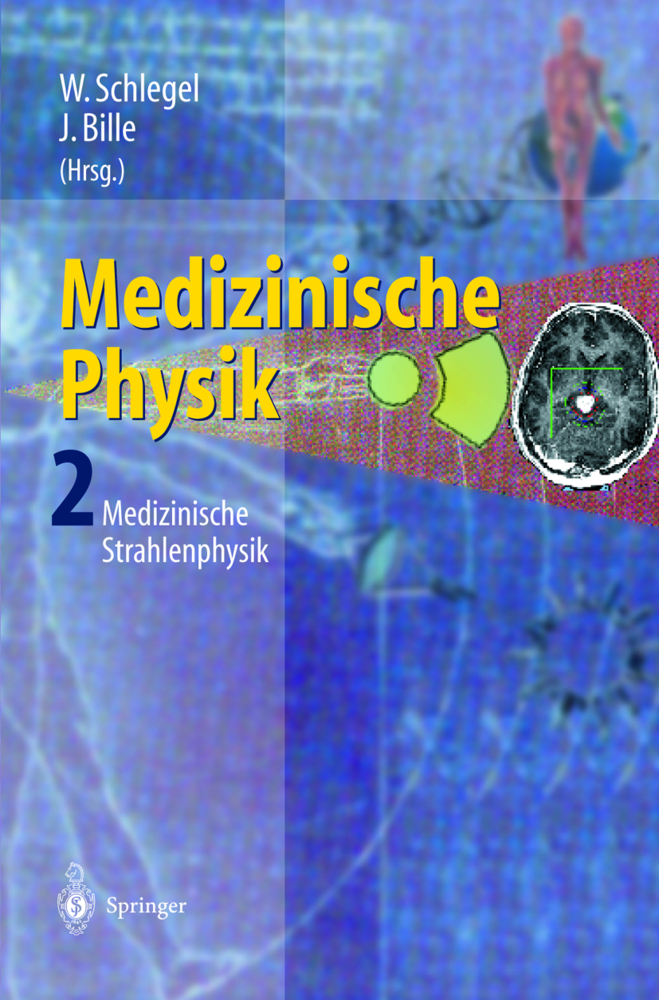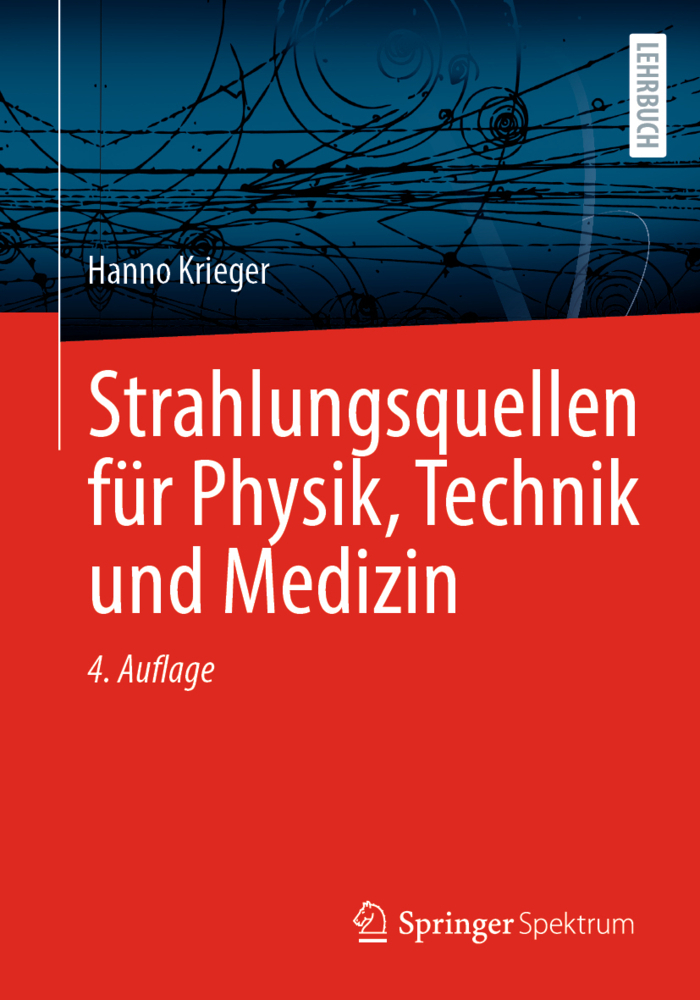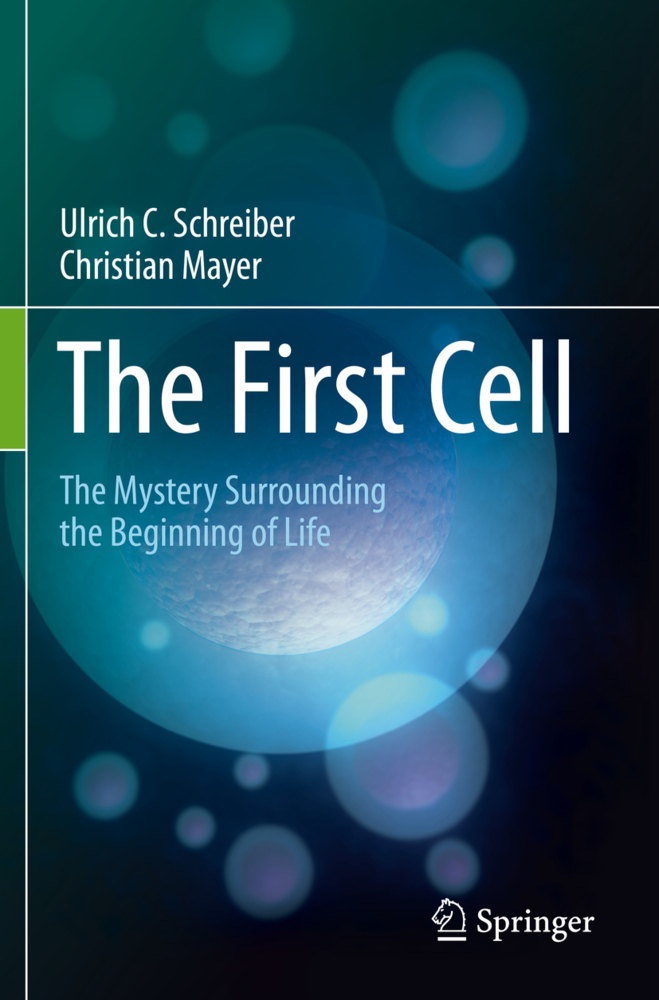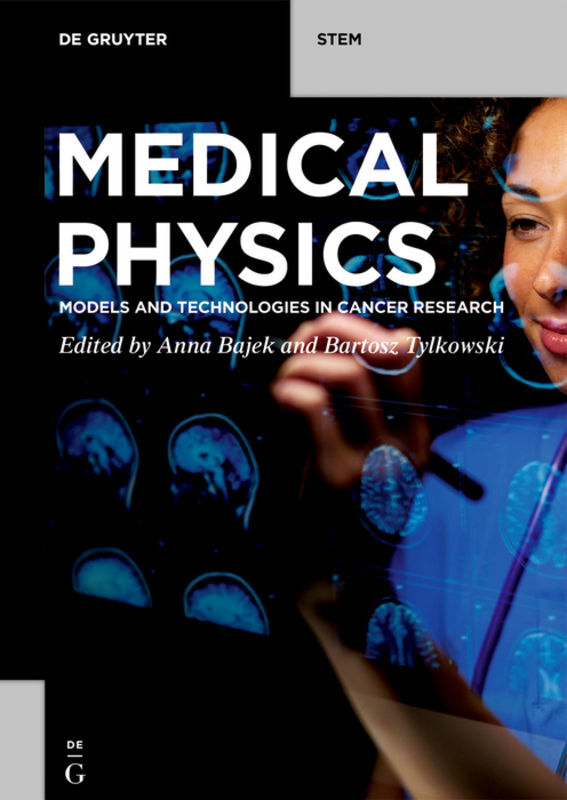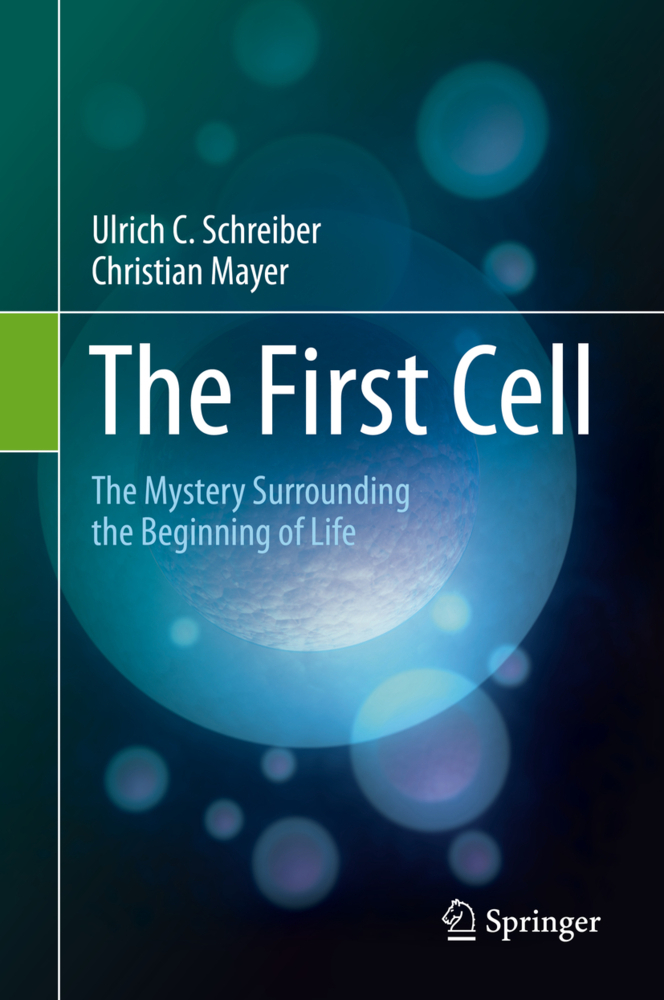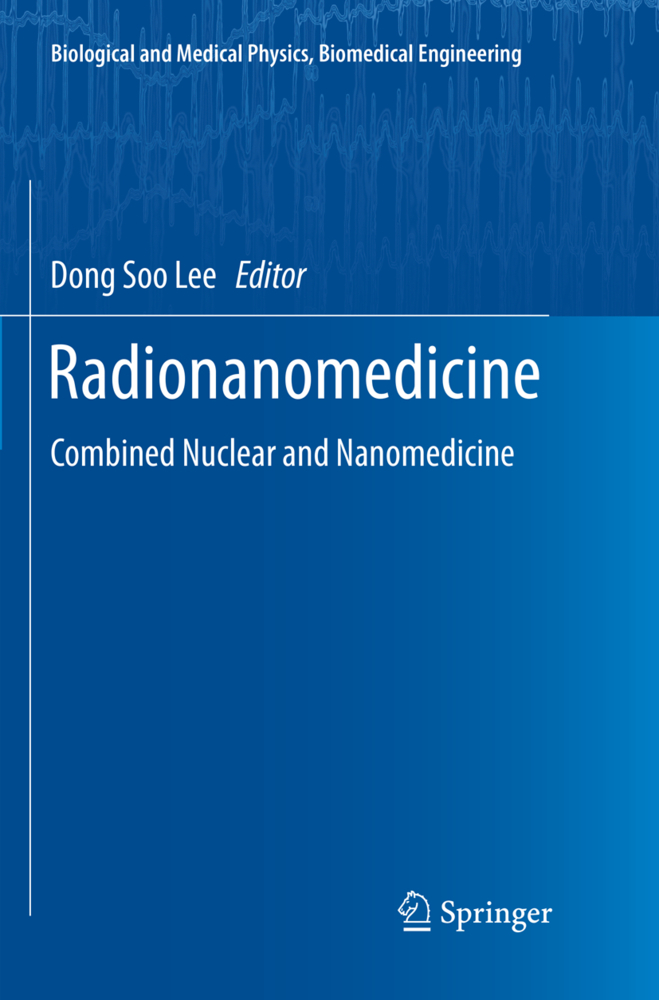Biological Radiation Effects
Biological Radiation Effects
The biological action of radiation undoubtedly constitutes an issue of actual con cern, particularly after incidences like those in Harrisburg or Chernobyl. These considerations, however, were not the reason for writing this book although it is hoped that it will also be helpful in this respect. The interaction of radiation with biological systems is such an interesting research objective that to my mind no special justification is needed to pursue these problems. The combination of physics, chemistry and biology presents on one hand a fascinating challenge to the student, on the other, it may lead to insights which are not possible if the dif ferent subjects remain clearly separated. Special problems of radiation biology have quite often led to new approaches in physics (or vice versa), a recent example is "microdosimetry" (chapter 4). Biological radiation a9tion comprises all levels of biological organization. It starts with the absorption in essential atoms and molecules and ends with the development of cancer and genetic hazards to future generations. The structure of the book reflects this. Beginning with physical and chemical fundamentals, it then turns to a description of chemical and subcellular systems. Cellular effects form a large part since they are the basis for understanding all further responses. Reactions of the whole organism, concentrating on mammals and especially humans, are subsequently treated. The book concludes with a short discussion of problems in radiation protection and the application of radiation in medical therapy. These last points are necessarily short and somewhat superficial.
1.2 Emission Spectra
1.3 Radiation Sources
1.4 Radioactivity
2 Fundamentals of Radiation Attenuation in Matter
2.1 Interaction Cross Section
2.2 Collision Processes
3 Interaction Processes
3.1 Optical Radiation
3.2 Ionizing Radiation
4 Deposition of Radiation Energy
4.1 General Aspects
4.2 Ionizing Radiation
4.3 Dosimetry of Optical Radiation
5 Elements of Photo- and Radiation Chemistry
5.1 Photochemistry
5.2 Radiation Chemistry
6 Photo- and Radiation Chemistry of DNA
6.1 Photochemical Alterations
6.2 Radiation Chemistry of DNA
7 Radiation Effects on Subcellular Systems
7.1 Target Theory
7.2 Gene Mapping
7.3 Viruses, Plasmids, Transforming DNA, and Vectors
8 Loss of Reproductive Ability in Cells
8.1 Survival Curves
8.2 Radiation Sensitivity and Nuclear Parameters
8.3 Radiation Quality
9 Radiosensitization and Protection
9.1 Photosensitization
9.2 Sensitization and Protection with Ionizing Radiation
10 Radiation and the Cell Cycle
10.1 Radiation Sensitivity as a Function of Cell Cycle Stage
10.2 Progression and Division Delay
10.3 DNA Synthesis
11 Chromosome Aberrations
12 Mutation and Transformation
12.1 Mutation Types and Test Procedures
12.2 Mutation Induction in Microorganisms
12.3 Mutation Induction in Mammalian Cells
12.4 Comparison of Radiation-induced Mutations in Different Systems
12.5 Molecular Aspects of Radiation-induced Mutagenesis in Cells
12.6 Neoplastic Transformation in vitro
13 Repair and Recovery
13.1 General Aspects and Definitions
13.2 Specific Repair Processes
13.3 Recovery
13.4 Genetic Dependence of Repair Processes
14 Modifications of Radiation Effects by External Influences
14.1 General Aspects
14.2 The Time Factor in Radiation Biology
14.3 Temperature
14.4 Chemicals
14.5 Tonicity
15 Special Aspects of Cellular Radiation Action
15.1 Near Ultraviolet and Visible Light
15.2 Other Types of Radiation
15.3 Incorporated Radionuclides
15.4 Radiomimetics
16 Theoretical Models of Cellular Radiation Action
16.1 Target Theory
16.2 The Two-Lesion-Model (Neary 1965)
16.3 Theories Based on Microdosimetric Considerations
16.4 The "Molecular Theory"
16.5 Track Structure and Action Cross Sections
16.6 Repair Models
16.7 Comparisons
17 Cell Survival in Relation to Whole Body Effects
17.1 General Aspects
17.2 Renewal Systems
17.3 Cell Survival in vivo
18 Acute Radiation Damage
18.1 General Aspects
18.2 Skin
18.3 Eye
18.4 Radiation Syndromes and Lethality
18.5 Course and Therapy of Radiation Sickness
18.6 Radiation Hormesis
19 Radiation Effects and Progeny
19.0 Preliminary Remarks
19.1 Fertility
19.2 Prenatal Radiation Effects on the Embryo
19.3 Genetic Effects
20 Late Somatic Effects
20.1 Eye Cataracts
20.2 Radiation-induced Life-shortening
20.3 Cancerogenesis
21 Effects of Internal Exposure
21.1 Uptake and Distribution of Radionuclides
21.2 Dose Estimates
21.3 Special Actions
21.4 Conclusions
22 Radioecology
22.1 General Aspects
22.2 Optical Radiation
22.3 Ionizing Radiation
23 Principles of Radiation Protection Regulations
23.1 Ionizing Radiation
23.2 Optical Radiation
24 Radiobiology in Radiation Therapy
24.1 Phototherapy
24.2 Tumour Therapy by Ionizing Radiation
24.3 Modifications and New Modalities in Radiation Therapy
Mathematical - Physical Relations
I.1 Polar Coordinates
I.2 Mean Pathlength in a Sphere
I.3 The "KEPLER Problem".-I.4 Statistical Distributions. The POISSON Distribution
I.5 LAPLACE Transforms
I.6 Probit Transformation
I.7 Reaction Kinetics
Appendix II
Biological Background
II.1 Structure and Properties of the Genetic Material
I1.2 Replication of DNA
II.3 Information Processing
II.4 The Cell Division Cycle
I1.5 Gene Cloning
References.
1 Types of Radiation: Characterization and Sources
1.1 Types of Radiation1.2 Emission Spectra
1.3 Radiation Sources
1.4 Radioactivity
2 Fundamentals of Radiation Attenuation in Matter
2.1 Interaction Cross Section
2.2 Collision Processes
3 Interaction Processes
3.1 Optical Radiation
3.2 Ionizing Radiation
4 Deposition of Radiation Energy
4.1 General Aspects
4.2 Ionizing Radiation
4.3 Dosimetry of Optical Radiation
5 Elements of Photo- and Radiation Chemistry
5.1 Photochemistry
5.2 Radiation Chemistry
6 Photo- and Radiation Chemistry of DNA
6.1 Photochemical Alterations
6.2 Radiation Chemistry of DNA
7 Radiation Effects on Subcellular Systems
7.1 Target Theory
7.2 Gene Mapping
7.3 Viruses, Plasmids, Transforming DNA, and Vectors
8 Loss of Reproductive Ability in Cells
8.1 Survival Curves
8.2 Radiation Sensitivity and Nuclear Parameters
8.3 Radiation Quality
9 Radiosensitization and Protection
9.1 Photosensitization
9.2 Sensitization and Protection with Ionizing Radiation
10 Radiation and the Cell Cycle
10.1 Radiation Sensitivity as a Function of Cell Cycle Stage
10.2 Progression and Division Delay
10.3 DNA Synthesis
11 Chromosome Aberrations
12 Mutation and Transformation
12.1 Mutation Types and Test Procedures
12.2 Mutation Induction in Microorganisms
12.3 Mutation Induction in Mammalian Cells
12.4 Comparison of Radiation-induced Mutations in Different Systems
12.5 Molecular Aspects of Radiation-induced Mutagenesis in Cells
12.6 Neoplastic Transformation in vitro
13 Repair and Recovery
13.1 General Aspects and Definitions
13.2 Specific Repair Processes
13.3 Recovery
13.4 Genetic Dependence of Repair Processes
14 Modifications of Radiation Effects by External Influences
14.1 General Aspects
14.2 The Time Factor in Radiation Biology
14.3 Temperature
14.4 Chemicals
14.5 Tonicity
15 Special Aspects of Cellular Radiation Action
15.1 Near Ultraviolet and Visible Light
15.2 Other Types of Radiation
15.3 Incorporated Radionuclides
15.4 Radiomimetics
16 Theoretical Models of Cellular Radiation Action
16.1 Target Theory
16.2 The Two-Lesion-Model (Neary 1965)
16.3 Theories Based on Microdosimetric Considerations
16.4 The "Molecular Theory"
16.5 Track Structure and Action Cross Sections
16.6 Repair Models
16.7 Comparisons
17 Cell Survival in Relation to Whole Body Effects
17.1 General Aspects
17.2 Renewal Systems
17.3 Cell Survival in vivo
18 Acute Radiation Damage
18.1 General Aspects
18.2 Skin
18.3 Eye
18.4 Radiation Syndromes and Lethality
18.5 Course and Therapy of Radiation Sickness
18.6 Radiation Hormesis
19 Radiation Effects and Progeny
19.0 Preliminary Remarks
19.1 Fertility
19.2 Prenatal Radiation Effects on the Embryo
19.3 Genetic Effects
20 Late Somatic Effects
20.1 Eye Cataracts
20.2 Radiation-induced Life-shortening
20.3 Cancerogenesis
21 Effects of Internal Exposure
21.1 Uptake and Distribution of Radionuclides
21.2 Dose Estimates
21.3 Special Actions
21.4 Conclusions
22 Radioecology
22.1 General Aspects
22.2 Optical Radiation
22.3 Ionizing Radiation
23 Principles of Radiation Protection Regulations
23.1 Ionizing Radiation
23.2 Optical Radiation
24 Radiobiology in Radiation Therapy
24.1 Phototherapy
24.2 Tumour Therapy by Ionizing Radiation
24.3 Modifications and New Modalities in Radiation Therapy
Mathematical - Physical Relations
I.1 Polar Coordinates
I.2 Mean Pathlength in a Sphere
I.3 The "KEPLER Problem".-I.4 Statistical Distributions. The POISSON Distribution
I.5 LAPLACE Transforms
I.6 Probit Transformation
I.7 Reaction Kinetics
Appendix II
Biological Background
II.1 Structure and Properties of the Genetic Material
I1.2 Replication of DNA
II.3 Information Processing
II.4 The Cell Division Cycle
I1.5 Gene Cloning
References.
Kiefer, Jürgen
| ISBN | 978-3-540-51089-5 |
|---|---|
| Medientyp | Buch |
| Copyrightjahr | 1990 |
| Verlag | Springer, Berlin |
| Umfang | XVII, 444 Seiten |
| Sprache | Englisch |

